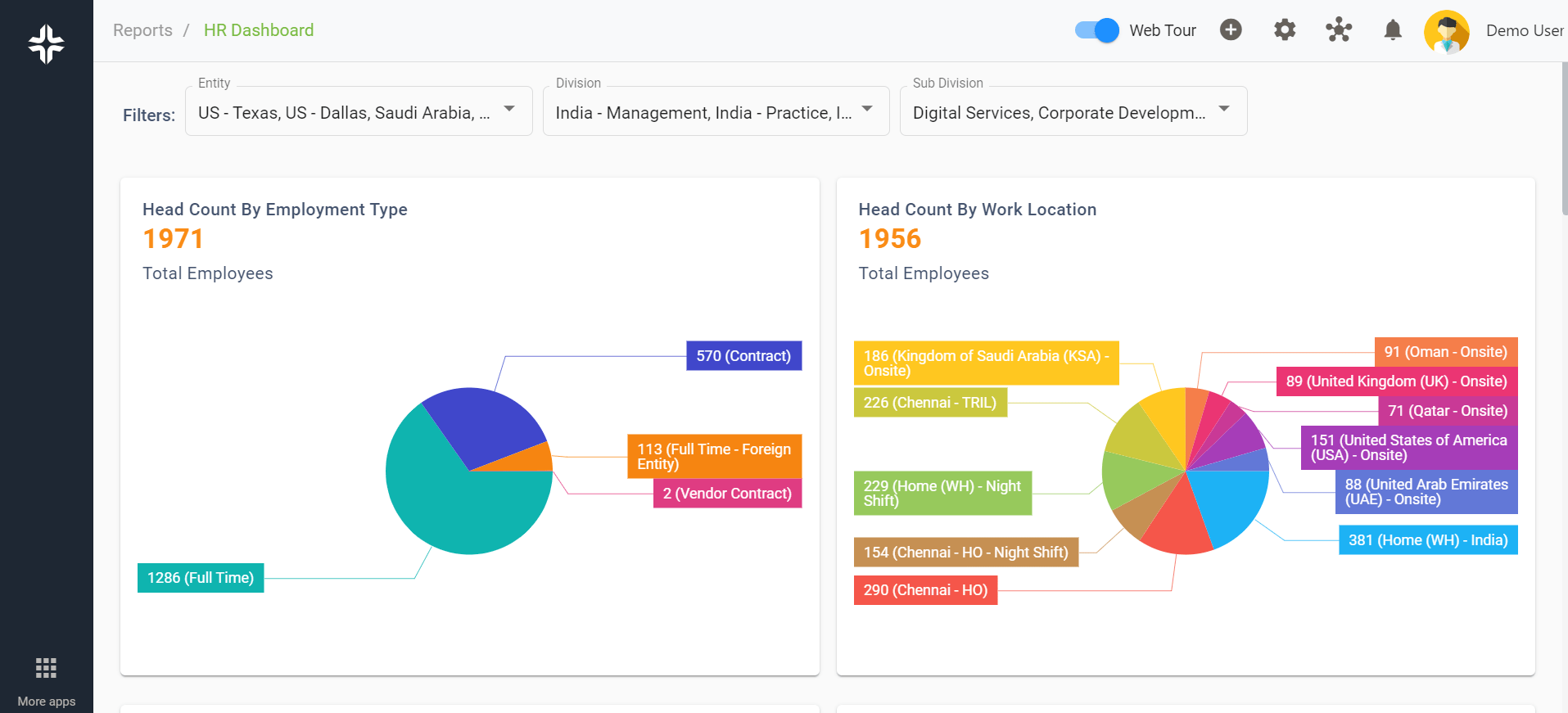Home » PSApedia
Dismissal Rate
Enhance workforce efficiency with Dismissal Rate insights. Analyze and improve employee retention strategies.

What Is Dismissal Rate?
Dismissal Rate is a human resource management indicator that measures the frequency or proportion of employees who have been terminated, either willingly or involuntarily, within a given timeframe. It is an important predictor of workforce stability and organizational health.
In Professional Service Automation (PSA), the dismissal rate is a crucial HR metric that measures the frequency of employee terminations, whether voluntary or involuntary, within a company. It’s an indicator of workforce stability and organizational health.
The Impact of Dismissal Rate in PSA
Monitoring Dismissal Rate is essential as it reflects the effectiveness of hiring practices, work environment, and employee satisfaction within a company. High dismissal rates may indicate underlying issues like poor job fit, cultural misalignment, or inadequate training.
1. Workforce Stability: High dismissal rates can indicate issues with workforce stability and employee satisfaction.
2. Cost Implications: Frequent dismissals can lead to increased hiring and training costs.
3. Organizational Reputation: A high dismissal rate can impact the company’s reputation and ability to attract talent.

The Impact of Dismissal Rate in PSA
How to calculate Dismissal Rate?
The dismissal rate is typically calculated by dividing the number of employee dismissals by the average number of employees over a specific period, then multiplying by 100 to express it as a percentage.
The formula to calculate Dismissal Rate is:
Dismissal Rate = Number of Dismissals / Average Number of Employees × 100%
- Number of Dismissals refers to the total count of employees terminated during a specific period.
- Average Number of Employees represents the average headcount during the same period.
Example:
Suppose a company had 10 dismissals in a year, and the average number of employees throughout the year was 200. Using the formula:
Dismissal Rate=10/200×100%=5%
Hence, the Dismissal Rate for this company for that year would be 5%.
Dismissal Rate vs Other HR Metrics
While metrics such as turnover rate or attrition rate cover a wide range of causes for employee departures, Dismissal Rate concentrates on involuntary terminations initiated by the employer. It gives light on the efficacy of HR policies, employee interactions, and managerial decisions.
1. Turnover Rate: While turnover includes all departures, the dismissal rate specifically tracks terminations initiated by the employer.
2. Retention Rate: This measures the proportion of employees retained over a period, in contrast to the dismissal rate which focuses on terminations.
| Metric | Definition | Importance / Use |
|---|---|---|
| Dismissal Rate | Percentage of employees terminated within a specific period | Indicates the rate of employee terminations or dismissals |
| Turnover Rate | Rate at which employees leave or are replaced within a period | Reflects the frequency of employee departures and replacements |
| Employee Retention Rate | Percentage of employees retained over a specific period | Indicates the ability to retain employees and sustain a stable workforce |
| Absenteeism Rate | Percentage of scheduled work time that employees are absent | Measures the frequency of employee absenteeism and its impact |
Application of Dismissal Rate
Analyzing Dismissal Rate assists in identifying potential difficulties in recruitment, training, performance management, and employee relations. Analyzing trends in dismissal rates aids in the implementation of policies to promote employee retention, engagement, and workplace satisfaction.
1. Effective Hiring Practices: Improving recruitment processes to ensure a good fit between new hires and the company culture.
2. Employee Engagement: Implementing programs to increase employee satisfaction and engagement.
3. Performance Management: Developing fair and transparent performance management systems.
Ready to Optimize Your HR Management?
KEBS provides advanced HR management solutions to assist in tracking employee KPIs such as dismissal rates. Its HR analytics and reporting capabilities enable firms to spot patterns and take proactive steps to prevent dismissals. KEBS provides resource management software and HR tools to help manage and reduce dismissal rates effectively.
Using KEBS tools to analyze trends and causes behind dismissals. Implementing systems to monitor employee performance. Offering training programs to help employees improve their skills and performance.

KEBS HR Dashboard
To explore how KEBS can assist in optimizing your HR processes and managing dismissal rates, contact us or request a demo.



